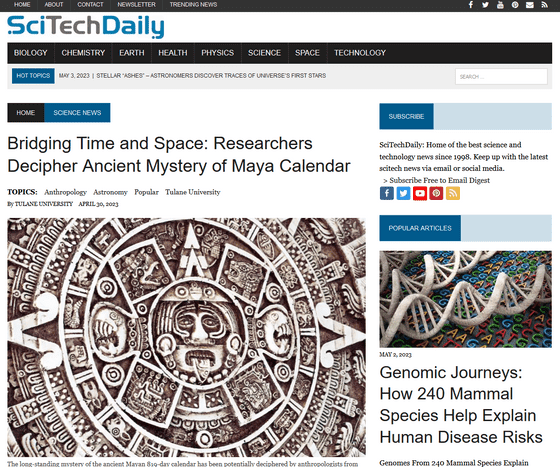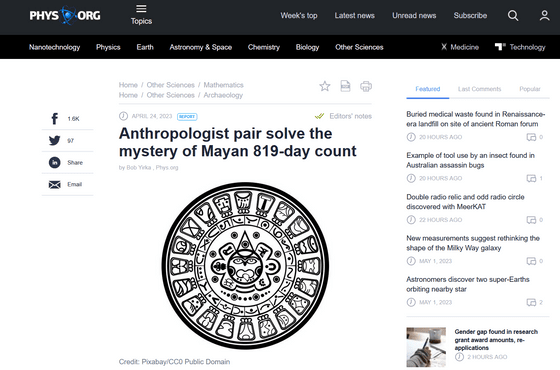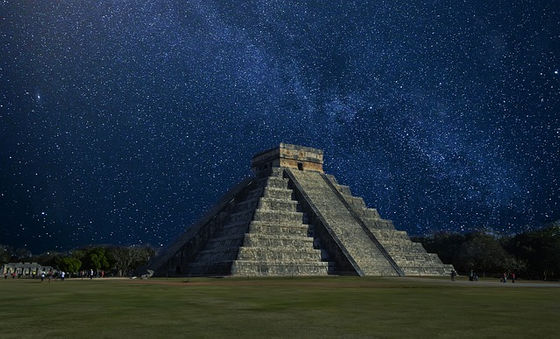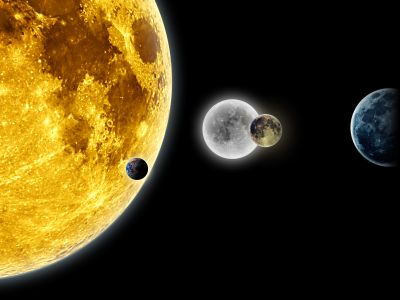It turns out that the ``mystery of the 819-day calendar'' of the ancient Maya civilization has finally been clarified, and it is synchronized with the operation of celestial bodies in a period of 45 years

by
Among the inscriptions excavated from the ruins of the ancient Maya civilization, there are those with a period of 819 days, and the mystery of why the number 819 has bothered many scholars so far. One theory has it that the number 7, 9, and 13, which were sacred numbers for the ancient Maya, was multiplied, but new research suggests that 819 days is related to the cycles of the planets as seen from Earth. It was shown.
The Maya 819-Day Count and Planetary Astronomy | Ancient Mesoamerica | Cambridge Core
https://doi.org/10.1017/S0956536122000323

Bridging Time and Space: Researchers Decipher Ancient Mystery of Maya Calendar

Anthropologist pair solve the mystery of Mayan 819-day count

It has been pointed out that 819 days may be related to
Anthropologists John Linden and Victoria Bricker of Tulane University in the United States, who were working on this mystery, found that by making 819 days 20 cycles, or about 45 years, all the major planets visible from Earth could It was announced that it was found that it could cover the cycle.
For example, Saturn's conjunctive cycle is about 378 days, and if it repeats 13 times, it will be 4914 days, which is 6 times 819 days, or 6 cycles. Similarly, Mercury has a cycle of 819 days (117 days x 7 times), Venus has 5 cycles (585 days x 7 times), Jupiter has 19 cycles (399 days x 39 times), Mars has 20 cycles (780 days). × 21 times), we have an integral number of association cycles. According to Linden et al., this cycle is also related to important dates and holidays for the Maya civilization.

Another important aspect of this discovery is that the 16,380 days in the 819 x 20 cycle is a multiple of 260, which corresponds to one year on the Tzolkin calendar, the calendar commonly used by the Maya civilization. It's a point.
'The Mayan astronomers who created the 819-day calendar did not look at a single planet, but as a larger calendar system that could be used to predict the conjunction cycles of all visible planets,' the researchers wrote in their paper. I envisioned this,” he wrote.
Related Posts:
in Science, Posted by log1l_ks







